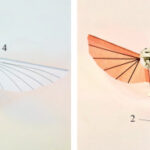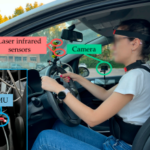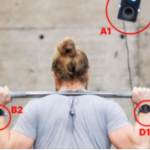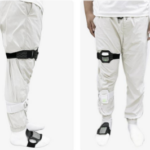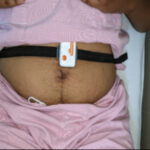Hello, today we are sharing a scientific paper on the use of IMU (Inertial Measurement Unit) for respiratory monitoring in wearable devices.
Roberto De Fazio's scientific team from Italy has proposed a new IMU-based chest strap device for monitoring respiratory parameters. The core of this wearable respiratory rate measurement device is two IMUs, placed on the chest and back of the subject and secured with a rubber band. The device determines differential inertial signals and performs information detection regarding respiratory activity.

Figure 1 Schematic diagram of the working principle of the developed chest belt: the red arrow indicates the position of the IMU, while the purple arrow indicates the chest movement during respiration
The IMU, worn on the torso, is used to measure tilt and angle changes during breathing. In fact, by using two sensors, differential acceleration measurements can be made, removing the signal component associated with body motion. If the coordinate systems of the two sensors are perfectly aligned, this approach will eliminate the amount of differential acceleration introduced by translational motion that is not part of the respiratory action. The chest strap includes a low-power microcontroller section for acquiring inertial data from the two IMUs and processing them to extract respiratory parameters, using the back IMU as a reference. A low-power Bluetooth transceiver transmits the acquired respiratory parameters wirelessly to a mobile application.
Eight users of different genders, ages and body types participated in this experiment. The experiment used a portable spirometer while recording data from the IMU chest strap and used the spirometer data as experimental reference data to analyze the performance of the chest strap device through correlation and Bland-Altman.
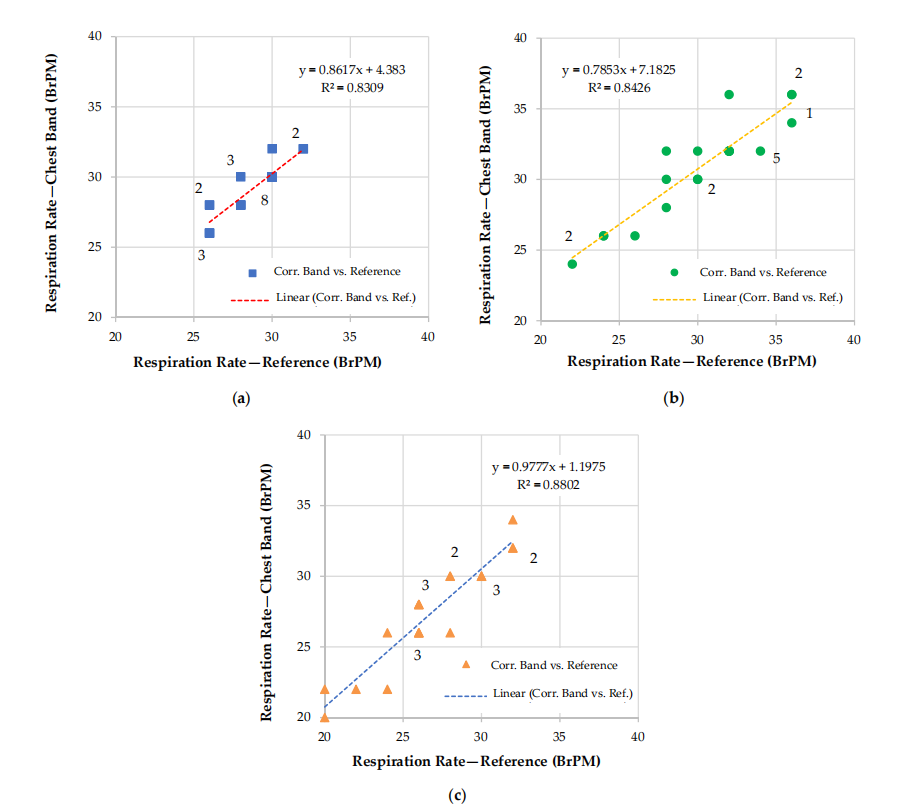
Figure 2 Correlation plot between measured values obtained from the chest strap and reference values obtained with the spirometer for three scenarios, i.e., user (a) sitting, (b) standing and (c) walking. The diversity of data points is reported in the figure.
Experimental results show that for seated users, the differential inertia-based chest strap achieves high correlation (r = 0.92) and reduces the mean difference (MD = -0.27 BrPM), limits of agreement (LoA = +1.16/-1.75 BrPM) and mean absolute error (MAE = 1.15 BrPM), while the Bland-Altman analysis allowed to conclude the data consistency between the chest strap measurements and the reference values.
The experimental results prove that the chest strap developed by this scientific team is trustworthy, not only low in size and weight, complete and easy to use, but also capable of real-time monitoring, while the device is relatively immune to artifacts caused by external body movements due to the differential inertial method. It is believed that in the future, with the development of technology, the chest strap will further enhance its integrability and can more efficiently and accurately identify respiratory diseases (such as apnea, snoring, asthma, chronic obstructive pulmonary disease, etc.) to help physicians better analyze patient conditions.

